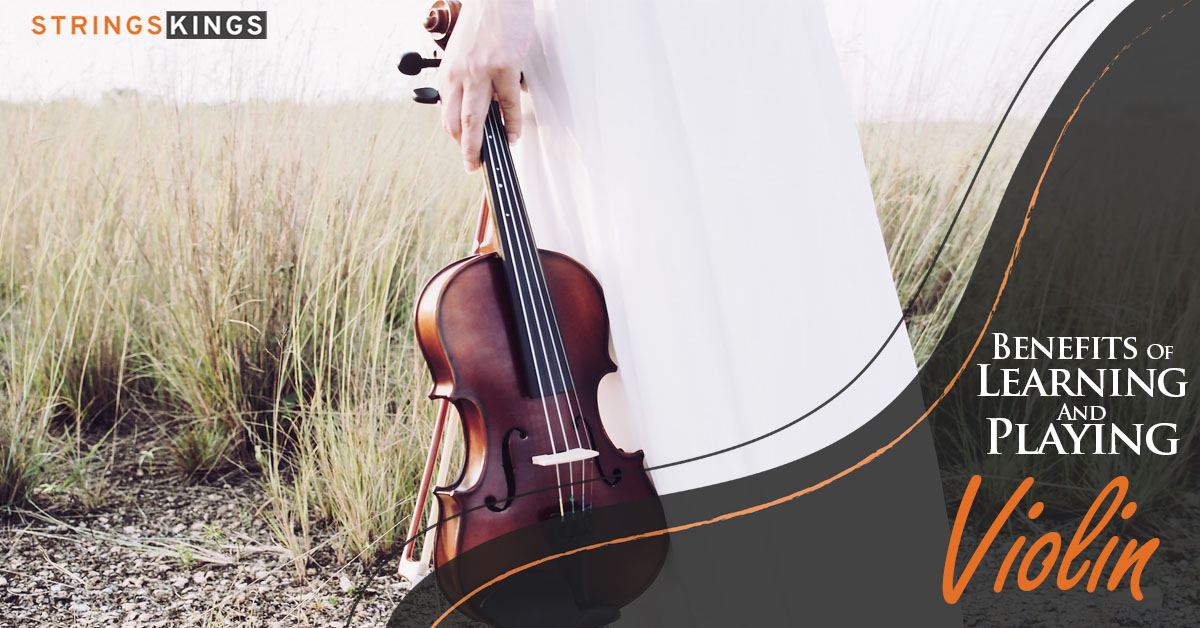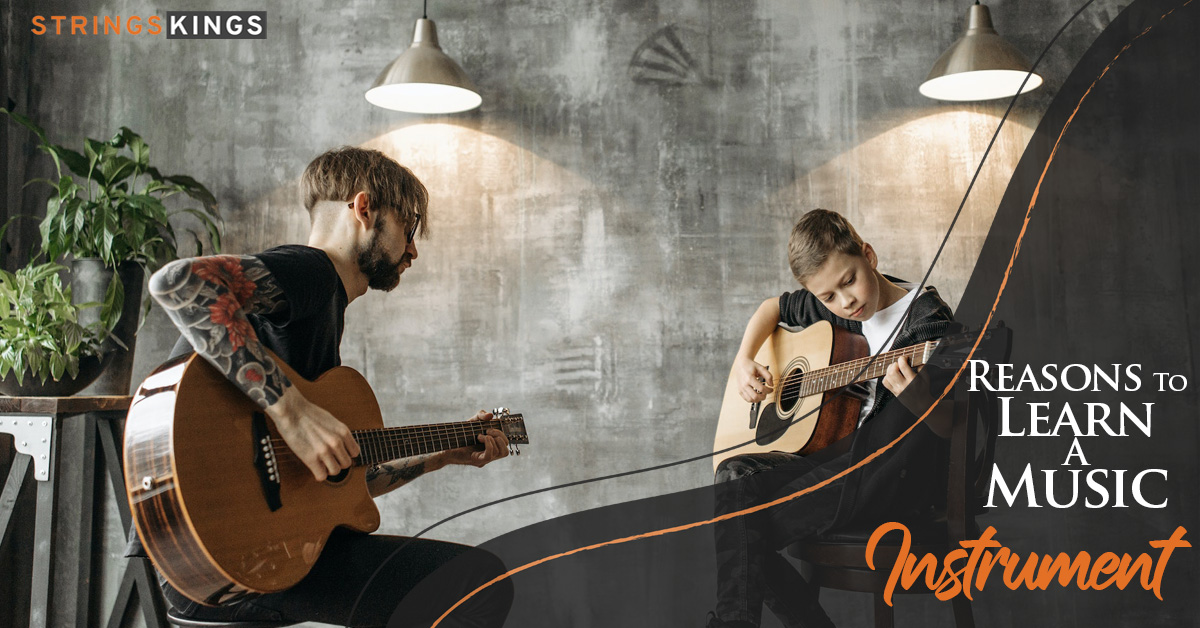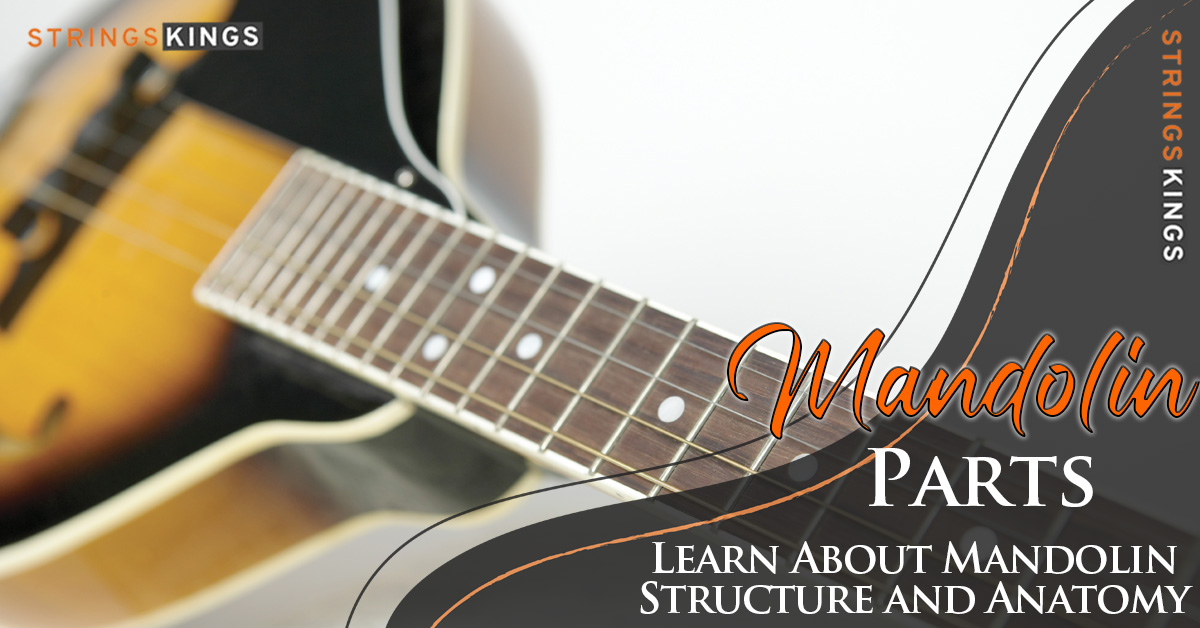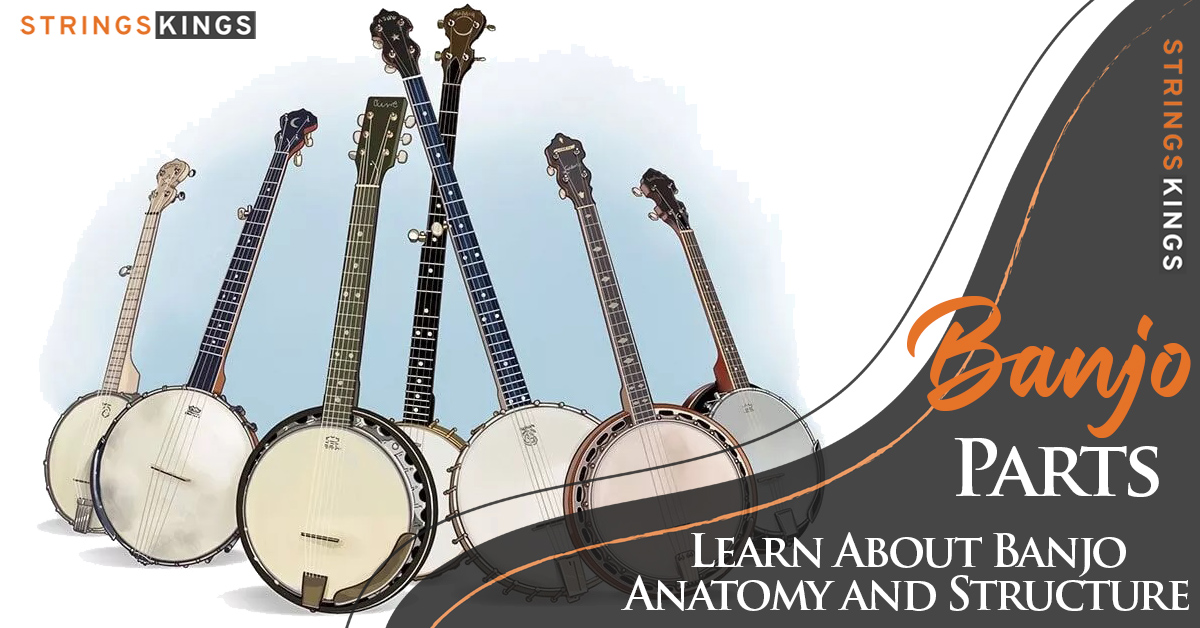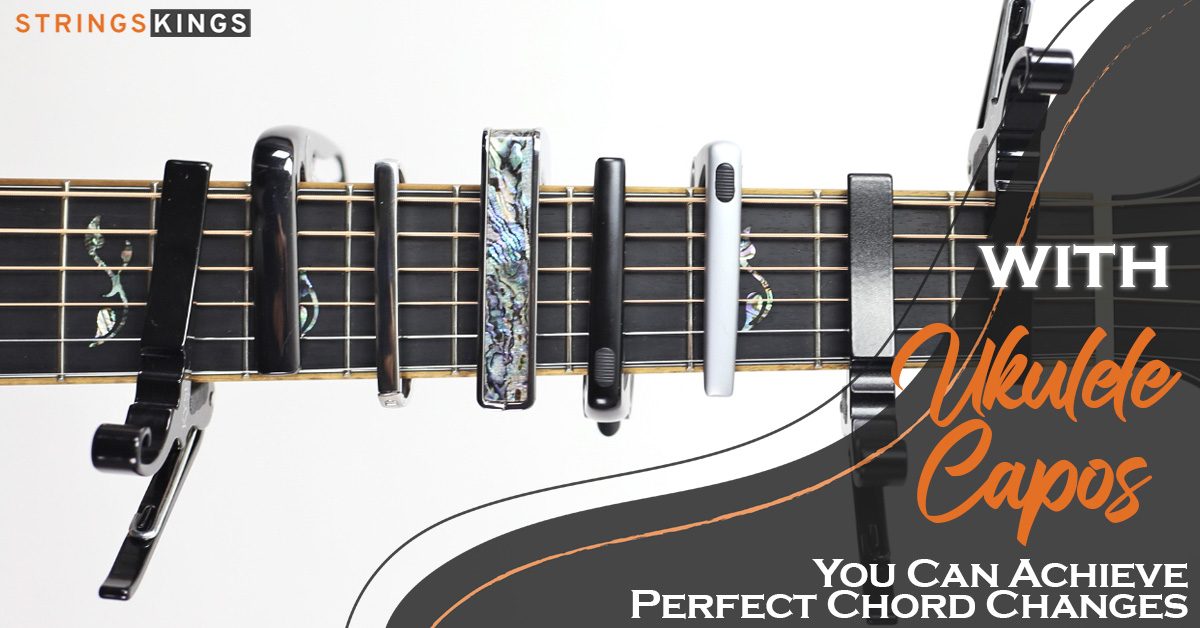Table of Contents
Can Violin Players Play Viola?
Introduction
Being one of the most common questions in the classical instruments circles, the internet community also posts the same question. We are going to look more deeply what are the differences, how these instruments differ from each other, and can violin players play viola.
So let us answer the question straight away. Violin players can actually learn and proceed with playing the viola, but they will need to make adjustments to their playing, learn the main stuff about this new but similar instrument and update their music theory a bit.
Let’s see what are the main differences between these two instruments for now.
Violin vs Viola
Violins are the sopranos of the string family. The instrument has a hollow, wooden body and four strings. Violins make a wide range of sounds, from vibrant and bright to solemn and mellow. When a bow is drawn across the strings, or when a finger is plucking the strings, a sound is produced.
By moving their fingers up and down the fingerboard, musicians can change the pitch of their notes. It is the violin’s wide range that makes it the most common instrument in orchestras, and orchestras can have as many as thirty violins, depending on the piece.
Violinists should also have a strong understanding of their instruments. Professional violin makers and repairers, known as luthiers, build, alter, and repair violins. However, players are expected to handle minor maintenance on their instruments.
In order to discuss an instrument with a teacher, another player, or the conductor, he or she will also have to understand its parts.
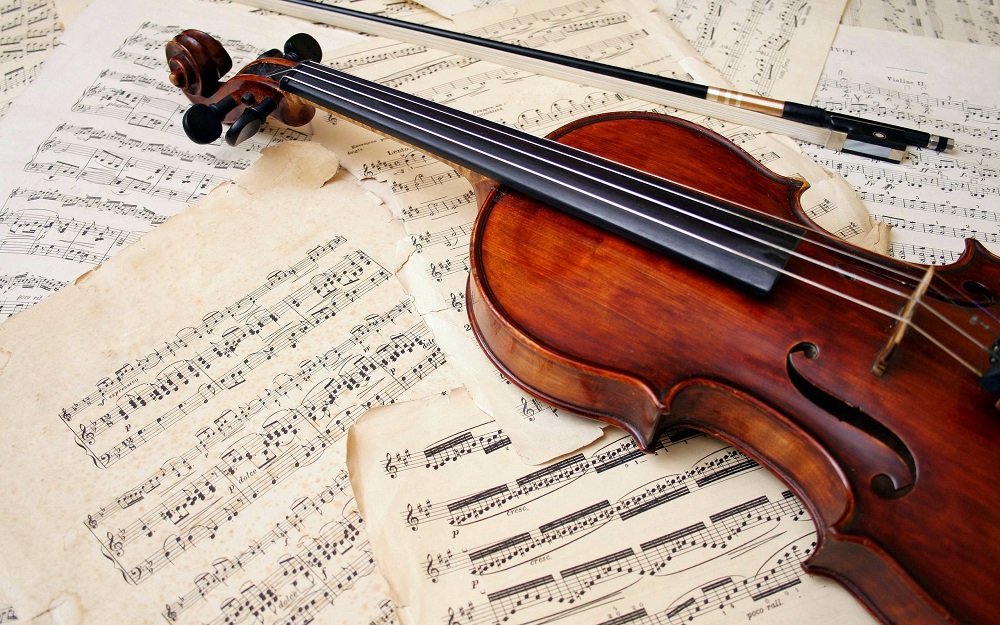
In the orchestral range, the viola provides resonant solo passages with a thicker, darker tone which lends itself well to contrast with the violin’s penetrating, crystal quality. In addition, it makes an excellent combination of the clarinet and bassoon.
Violas have traditionally served mainly to fill out harmonies between cellos and violins, but less so today. String instruments, including the viola, can be every bit as agile as the others, and viola compositions have been equally demanding since the 19th century.
In the String family, the viola is the alto voice. There is a perfect 5th difference between its lowest note and that of the violin. For a large orchestral work, twelve violas will be seated two to a desk.
A Perfect 5th interval is maintained between the four strings on a viola. C is the lowest string, then G, D, and A is the highest. Composers often specify that a particular phrase should be played on a specific string to exploit the richer, darker sound of the lower strings.
Sul C (on the C) or Sul G is written above the music, indicating that the player should continue playing on the low C or G string when they would have normally moved up to the higher strings.
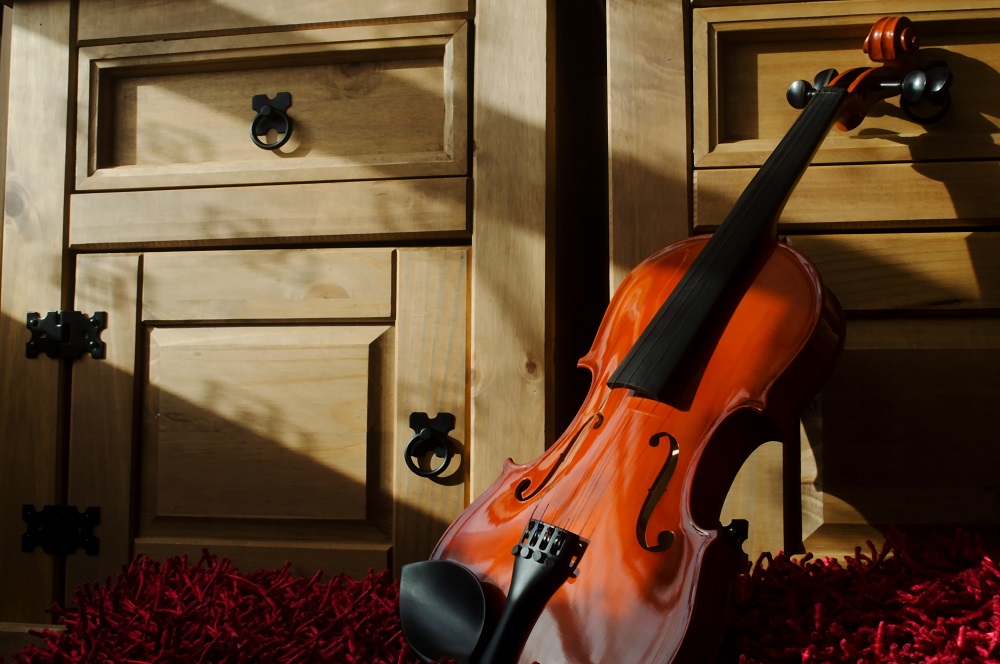
Here You Can Find Some Basic Differences Between Stringed Instruments!
Buying a Viola: What to Look For
The first thing you should do is find the right size for you. Visiting a violin shop and trying different sizes is the right way to find out. A viola’s length is measured in inches. The soundbox is 16 inches, which is the most common size.
You might want to try 15 inches if you find this too much. This won’t have the same depth and fullness as a 16-inch.
A viola has its characteristic sound due to the fact that it is a very small instrument, which gives it its particular sound. There is an octave difference between the sound of a cello and that of a viola. Despite the fact that the viola should be larger in order to match its pitch, it would not be possible to hold it under the chin.
A larger viola produces a deeper and fuller sound similar to a cello. Smaller violas have a brighter sound, similar to that of violins. It is also critical to note that the sound is influenced by the quality of the instrument, including the tonewood used and the instrument maker.
Viola: Holding
Compared to the violin, the viola is larger and heavier. This can make it difficult to find a suitable chinrest and shoulder rest to hold the instrument. Violists need to work even harder to maintain a relaxed and balanced hold.
There are a lot of people who make the mistake of clenching their viola between their shoulders and chins. There is a possibility of injury as a result of this tense sound. In order to play the viola properly, you should support the instrument partially with your left hand and let it rest on your collarbone. It is critical to find a suitable balance.
It is imperative to keep in mind that a comfortable chinrest and shoulder rest for the viola won’t solve all your problems. Only 20% of the time is spent resting, and 80% is spent playing technique (holds, relaxations, and balances). Invest less time and money in different rests while focusing more on your basic technique.
Reading the Viola Clef
It is relevant to note that violists read in a different clef: the C clef. The biggest challenge violinists face when learning the viola is reading notes. Note C appears on the middle line of the staff. You are seeing a note that is seven notes lower than the violin clef. A more straightforward explanation is that the note you see is an octave higher and a note lower than the note that should be heard.
Take a look at a beginner’s book for simple tunes. It is a good idea to say out loud the note names while you are playing. You should be aware of what you are performing (note name, grip, sound). Keep track of the note names when playing more complex pieces. In two weeks, you should become familiar with the clef. As a result, joining an orchestra is the best way to gain experience in reading the viola clef.
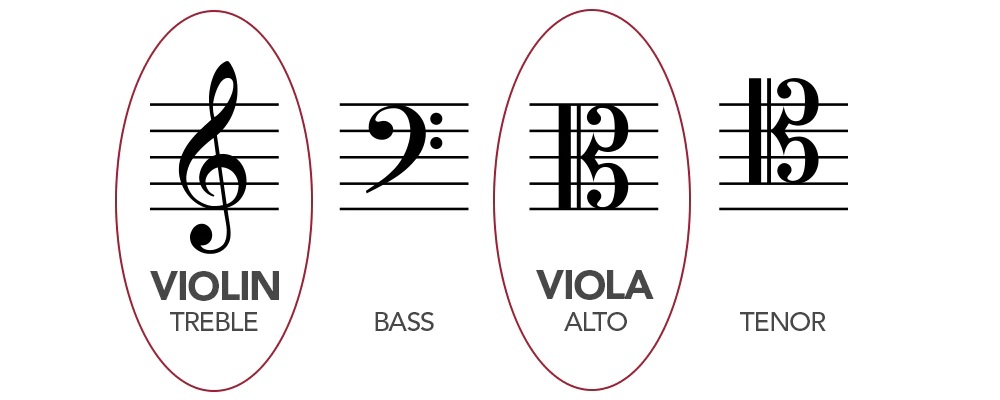
Bowing The Viola
In order to achieve that full and deep viola sound, you will need to use more weight than you do on the violin. It is characterized by a lower frequency, a larger instrument, and thicker strings. For the strings to move and make a sound with the core, it requires a greater amount of ‘force’. Thus, viola bows are heavier and thicker than violin bows.
There is an even greater importance to knowing the difference between weight and pressure when playing the viola
If you forcefully push your bow into the string, you will kill the sound or suffocate it, and you will not achieve the tone quality you desire. You will not be able to achieve a full sound this way. In addition, unnecessary force and tension may even result in injury.
Rather than tensing your right arm and shoulder, relax them. Your index finger should be used to transfer the weight of your arm into the bow. You will need to lean on the bow. Ideally, your bow hold should be tilted slightly to the left (pronation) in order to effectively transfer the weight. It is as if you turned a key to the left a bit. The bow should be held in a flexible and relaxed manner so that it can resonate optimally and it can change smoothly during use.
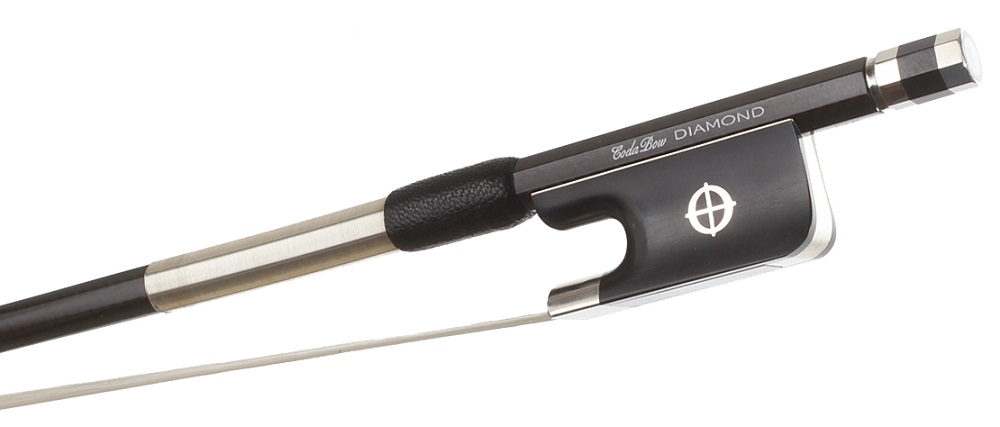
Conclusion
Well, we believe that we noted down the main differences and we provided some guides that you will need to follow if you decided to switch from violin to viola. To be honest, the transfer should not be that hard if you are already an experienced violin player.
If you have something to add to help out other fellow musicians, please head down to the comment section and leave your tips on switching from violin to viola, or vice-versa.

